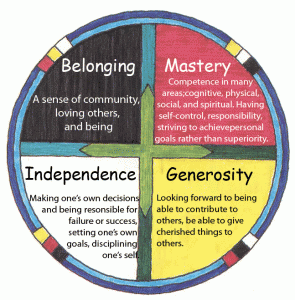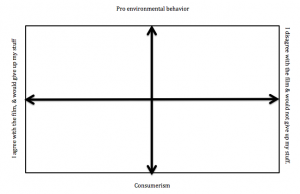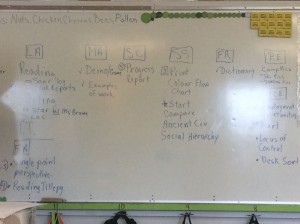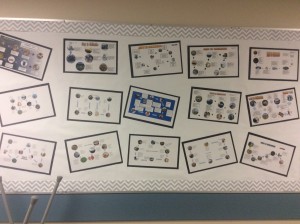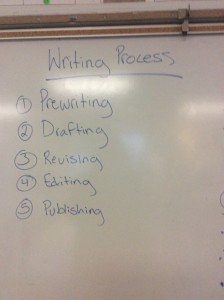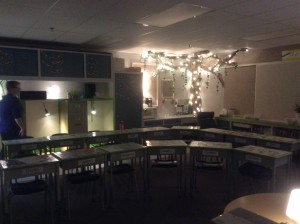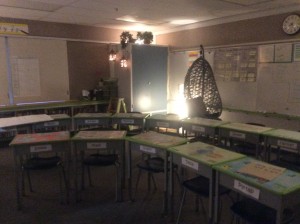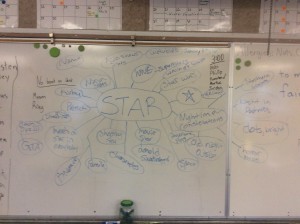Dr. Martin Brokenleg’s framework to address the many issues facing Indigenous youth is one way to look at supporting success that takes a decolonized approach. The framework is based on four universal needs of youth: Independence, Generosity, Mastery, and Belonging. This is based on traditional First Nations teachings from the plains. It is based on the medicine wheel and is easy to understand and work with. However, The approach/paradigm shift is not without problems. It is not a place-based approach and may clash with local knowledge and belief systems.
I have been a fan of the Circle of Courage for some time. I am familiar with the framework itself but I wanted to know what happens when it’s applied.
I read “Creating Circle of Courage Schools” by Steve Van Bockern & Tim McDonald, “The Socialization of Youth in the 21st Century: The Circle of Courage” by William Jackson and an excerpt from a blog written by David Bryant “The Circle of Courage In The Classroom”.
The blog excerpt focuses on building a positive classroom climate, true mastery through peer teaching, discipline not punishment, and transforming obligation into enthusiasm through relationship and caring. The blog asserts that a blanket set of regulations to deal with behaviours is counter productive as it does not recognize that every district, school, and classroom are different with a unique set of needs. The blog also addresses how the circle of courage is a valid behaviour intervention model. This blog clarified some of the application of the model and how it can help with problem behaviours. While prosocial behaviour is important is it decolonization? Is the goal to have well behaved students or to have strong Indigenous leaders?
I will address the other two articles in another post.
http://centerstonefcs.org/wp-content/uploads/2011/02/implementing_the_circle_of_courage_in_a_classr.pdf
